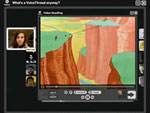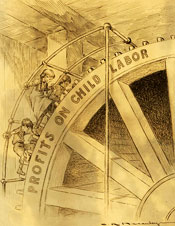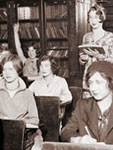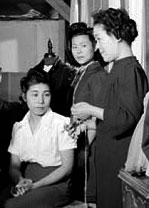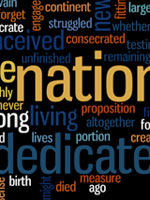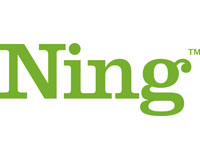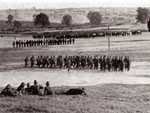
What is it?
Twitter is a social networking tool for almost-instant communication through the exchange of quick, frequent messages. People write short updates, often called 'tweets' of 280 characters or fewer. Tweets are available to the general public or communicated more specifically as users join groups—as followers or followed by others in networked communication. Twitter users continue to expand its diversity and application. For teachers, Twitter can offer professional support, instant communication with students, and creative approaches to disseminating course content.
Twitter's own forum, Frequently Asked Questions, gives a concise, comprehensive view of what it is and how to use it. To establish a Twitter account, simply follow the sign up icon to the Registration page where you're asked to enter your name, a username, and password and to agree to the terms of service. Multiple accounts are possible if you choose to separate business, family, and friends.
But does Twitter have value as an educational tool, or is it another cog in the wheel of communication overload? Quick Start Tips Information includes methods to use Twitter tools and software to enhance Twitter's application. The conclusion: "Twitter is an incredibly powerful tool for your personal learning, connecting with others and complements your blogging." The Power of Educational Technology blog offers Advice for Teachers New to Twitter—including links to other twittering teachers with comments, problems, and suggestions. These tips stress the value of Twitter as a professional communication and development tool. The Twitter4Teachers Wiki helps educators link with others in their specific discipline or field such as social studies teachers, geography teachers, retired teachers, school principals, and more.
Among the reasons Twitter may be more useful for professional networking and professional development than as a classroom tool is cost and accessibility.
As The Wired Campus in the Chronicle of Higher Education points out: Twitter costs money—while it works with internet access, the immediacy of the text messaging facility of mobile phones maximizes its use.
For some educators, however, Twitter has become a useful classroom tool. Can We Use Twitter for Educational Activities?, a paper presented at the Fourth International Scientific Conference, eLearning and Education (Bucharest, April 2008), focused on arguments for and against the microblogging platform in education. Twitter is about learning, according to authors Gabriela Grosseck and Carmen Holotescu, but they are clear that guidelines and parameters are critical to successful educational application—as they are with any learning tool. The article looks at examples of Twitter in the classroom and concludes with an extensive bibliography of online resources about educational uses of Twitter. For older students, Twitter is another tool that can encourage enthusiasm through communication and promote collaborative learning—as well as provide another opportunity to stress responsible use of networking tools.
In Twitter in the Classroom, a Vimeo posting, Christine Morris discusses issues related to uses of Twitter and initial problems with the interface and application—and how these software and training problems were solved. While educators frequently ask about the use of Twitter in the K–8 classroom, examples are few and its value, inconclusive. K-3 Teacher Resources offers an enthusiastic step-by-step guide—including a description of the learning curve and tips on Twitter etiquette. Twitter in the Classroom is a series of educational screencasts on YouTube discussing among other points, the use of hashtags and backchannels.
